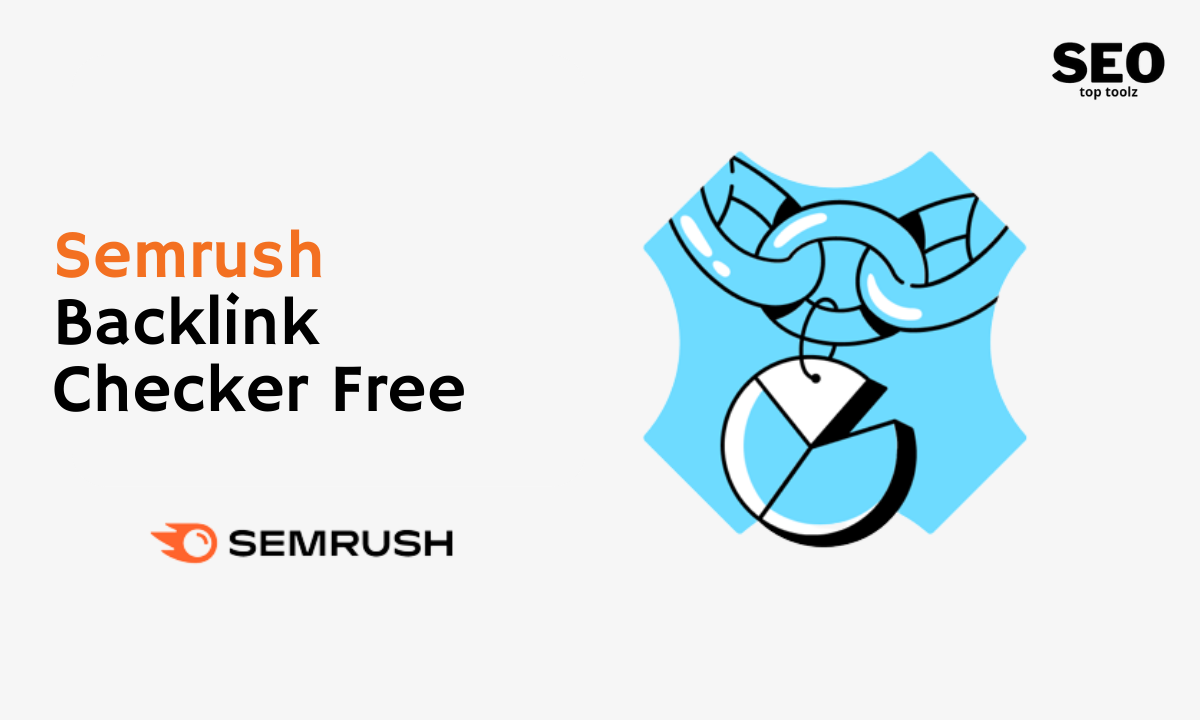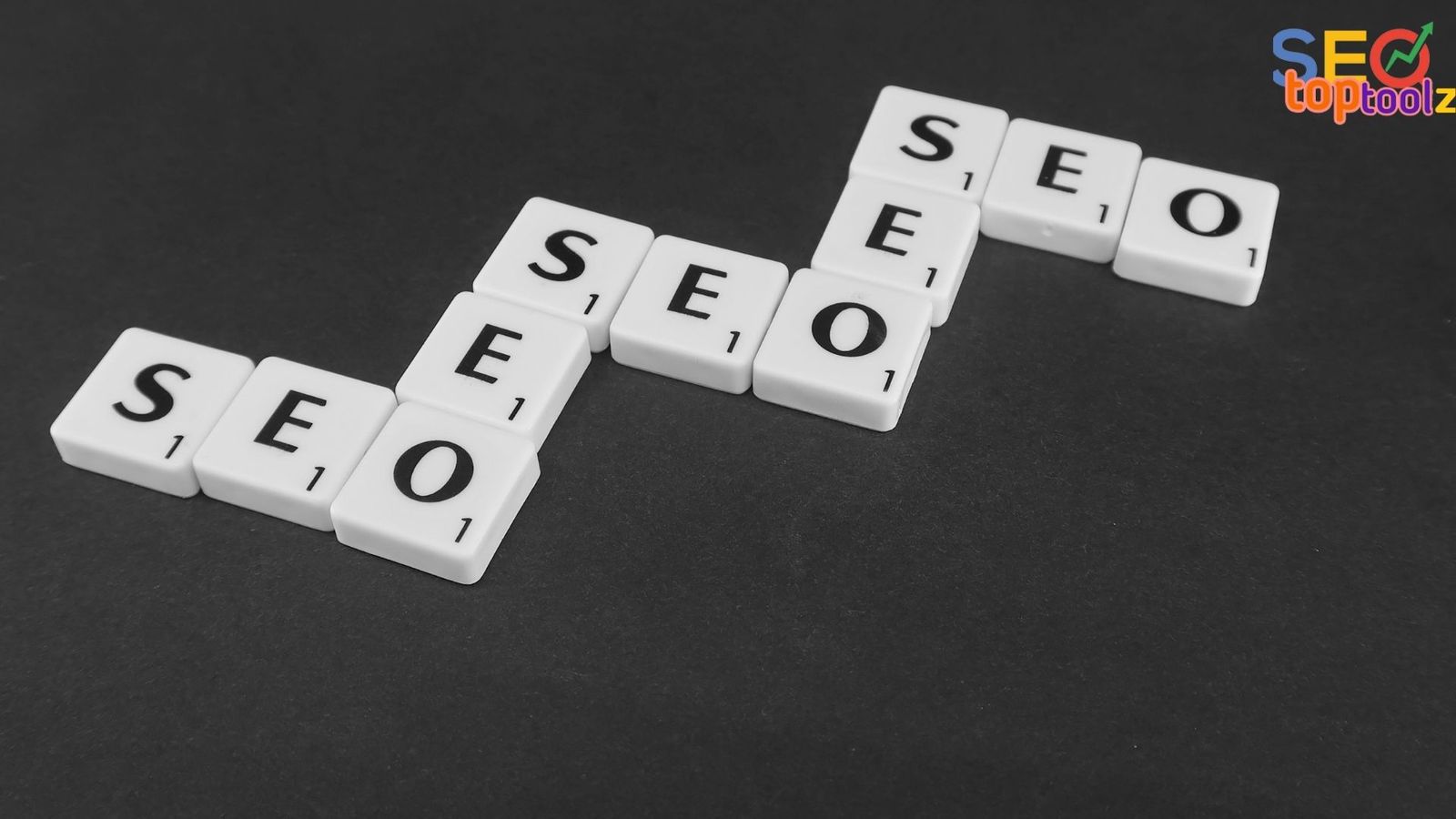Comprehensive Guide to Creating an SEO-Friendly Websites

In today’s digital landscape, optimizing your website for search engines is paramount. With approximately 68% of online experiences originating from search engine queries, achieving top search rankings offers a multitude of advantages, including increased organic traffic and enhanced credibility for your site. In this extensive handbook, we shall delve deeply into the vital components of executing potent SEO tactics to enhance your website’s prowess on search engines such as Google. Join us as we embark on an exploration of 14 pivotal methodologies aimed at catapulting your site to the pinnacle of search engine rankings.
The Importance of a Website Optimized for SEO
Constructing a website with SEO-friendliness as a foundational principle can reap substantial advantages, including:
1. Enhanced Credibility
An SEO-optimized website is often perceived as an authoritative source in its niche, bolstering the brand’s credibility. Users tend to trust and rely on the top search results, making it imperative to secure a prominent position.
2. Improved User Experience
Search engines prioritize user experience, considering it a crucial ranking factor. An SEO-friendly web design contributes to an overall positive user experience, resulting in higher user satisfaction.
3. Cost Savings
SEO proves to be a cost-effective strategy for lead generation and sales. By reducing reliance on paid advertising and other marketing tactics, it can lead to substantial long-term cost savings.
4. Increased Traffic
Websites optimized for SEO have the potential to rank higher in search engine results, attracting more organic traffic. The top search result typically garners around 32% of all clicks, emphasizing the importance of SEO in driving traffic.
Neglecting SEO means forfeiting the opportunity to maximize your website’s potential value. Hence, it becomes essential to give precedence to search engine optimization within your online marketing strategy.
Approaches to Craft a Website Optimized for SEO
Developing an SEO-friendly website involves ongoing efforts, as search engine algorithms frequently evolve. Below, we outline 14 methods to initiate your journey towards securing top positions on search engine results pages (SERPs).
1. Use Keywords Throughout Your Content
Incorporating relevant keywords into your content is pivotal for improving your website’s SERP rankings. Conduct keyword research to identify key terms and phrases relevant to your niche. Tools like Google Trends and Ahrefs can aid in understanding popular topics and user search intent. Once you’ve identified target keywords, integrate them naturally and strategically into your content, ensuring context and readability are maintained.
2. Use Header Tags
Header tags, spanning from <h1> to <h6>, offer a framework and significance to the content of a webpage, facilitating search engines in grasping its context. Emphasize the enhancement of <h1> and <h2> tags, as these are commonly employed for titles and headings. Incorporate your target keywords into these tags to signal the page’s content to search engine crawlers accurately.
3. Maintain a Clean URL Structure
To achieve an URL that’s optimized for SEO, it’s vital that it remains clear, concise, and closely aligned with the page’s content. The inclusion of the target keyword within the URL assists search engines in grasping the page’s topic.Avoid lengthy, complex URLs with numbers and focus on simplicity and readability.
4. Utilize Keyword-Rich Anchor Text in Your Links
Anchor texts serve as clickable links within your content. Employing SEO-friendly anchor texts reinforces content relevance in the eyes of search engines. Select keywords that align with the linked content and avoid excessive keyword stuffing, as it can harm SEO scores.
5. Ensure Mobile-Friendliness
With nearly 59% of global website traffic originating from mobile devices, mobile-friendliness is a crucial ranking factor. Ensure your website loads swiftly on mobile devices and employs responsive design to accommodate various screen sizes. Tools like Google’s Mobile-Friendly Test can help assess your site’s mobile readiness.
6. Optimize Images
Optimizing images is pivotal for SEO and user experience. Assign descriptive file names to images, incorporating relevant keywords. Condense images to diminish file size while preserving quality. Additionally, provide alt text to describe images for search engine recognition.
7. Prioritize Page Speed
Fast-loading web pages are favored by search engines. To enhance page speed, optimize HTTP requests, compress media files, employ browser caching, utilize content delivery networks (CDNs), and invest in high-bandwidth web hosting. Tools like Google’s PageSpeed Insights offer insights and recommendations for improving loading speed.
8. Leverage Social Media
Promoting your content on social media platforms amplifies its reach, leading to more backlinks that influence search engine rankings. Choose relevant social media platforms based on your niche and audience. Craft compelling calls to action (CTAs) and incorporate referral links in your profiles and posts to drive traffic to your website.
9. Utilize Google Tools
Google offers invaluable tools like Google Search Console and Google Analytics for analyzing your website’s performance. These tools provide insights into organic traffic, content errors, and user behavior, aiding in SEO optimization.
10. Clean Up and Organize Code
Regularly maintain and organize your website’s code to improve search engine indexing and loading speed. Tools like Dirty Markup, HTML Cleaner, and JS Beautifier can assist in tidying up code written in HTML, CSS, and JavaScript.
11. Implement Internal Links
Strategically insert internal links within your content to connect related pages or posts. This creates a coherent web of interconnected content, aiding search engines in comprehending your site’s structure and relevance. Ensure that anchor texts align with the context of the linked pages.
12. Optimize Title Tags and Meta Descriptions
Title tags and meta descriptions provide context about a page’s content in search engine results. Incorporate focus keywords into title tags and craft engaging meta descriptions within the character limits (typically 50-60 characters for titles and 155-160 characters for descriptions). Deliver value and relevance to potential readers in your meta descriptions.
13. Enhance Content with Images and Videos
Visual components, such as pictures, videos, diagrams, and graphs, enhance the richness of your content and elevate its attractiveness. Additionally, they augment the probability of your content featuring in image and video search results. Optimize images and videos by compressing them, providing alt text, and adding brief captions.
14. Regular Content Updates
Maintaining a steady stream of fresh content is a potent SEO strategy. When inspiration wanes, consider updating older content to maintain visitor engagement. Valuable, informative content is paramount in building brand reputation.
Conclusion
Search engine optimization is integral to your internet marketing strategy. Through the creation of a website optimized for SEO, you can elevate the credibility of your brand, improve the user experience, and lower marketing expenditures. Although the implementation of these 14 techniques demands dedication and time, the enduring outcomes justify the commitment. This comprehensive guide equips you with essential techniques to create a search engine-friendly website and drive increased traffic to your online business.





